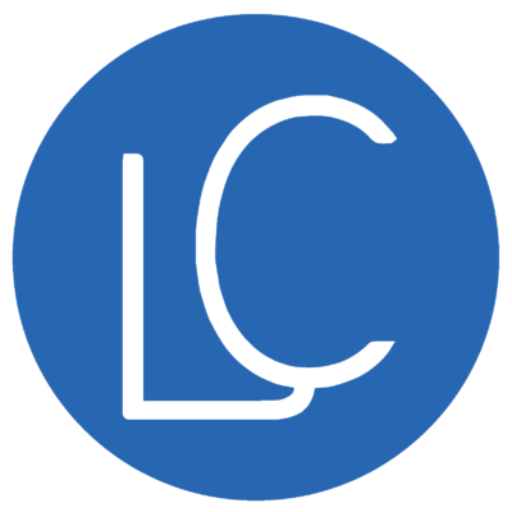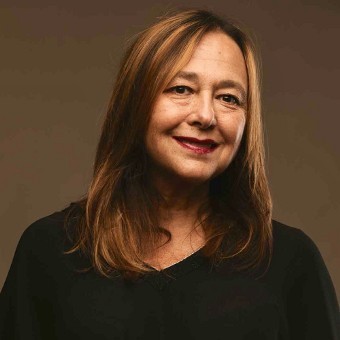We are witnessing the advent of a new cultural era that is transforming the way we think about the role and functions of HR. First and foremost, that refers to people within productive organizations. Employee engagement, which seemed like an exciting, innovative, smart concept at the beginning of the last decade, is now taken for granted, or at least an expected corporate goal for all industries and all companies.
There is an urgent need to reinvent the corporate culture — and to communicate the value proposition and its core values — so as not to risk jeopardizing the engagement and acquisition of top talent.
Rewards And Recognition
New organizational models are emerging, bringing about new roles for people and KPIs that are increasingly linked to qualitative indicators, according to which the performance of the individual and the team form an inseparable whole for organizational success. This necessitates the adoption of recognition systems and the development of a new system in which each individual feels considered and respected by the organization — and the people who are part of it — from the highest level downward.
This is a path which every organization should venture in order to not find themselves in a condition of cultural misalignment. The global pandemic and the sentiment that characterizes the human capital of this new era has been strongly conditioned not only by digital transformations, but also by the impact that Covid-19 has had on everyone’s personal and professional life.
Work And Life: The Scales Are Shifting
What emerges — mainly for millennials, but with varying intensity for all workers — is the shifting of the balance between life and work. Organizations and individuals are joining forces to find a convergent harmony (insofar as it is sustainable on both sides) and are committed to setting up a dialogue to discuss new ways of rewarding performance and well-being.
To understand the scale of the phenomenon, consider that, according to Gallup, millennials are the most likely generation to change careers; 6 in 10 “are open to new job opportunities.” Beyond that, we’re seeing new professional profiles spread across the labor force. This must be taken into account for the reorganization of roles and tasks as well as for the modeling of new workplaces.
• Freelancers: workers who support the workforce of core employees and are generally paid by the hour, day or another unit of time.
• Gig workers: workers who are sourced through online platforms, on-call or temporary workers who provide services on demand. They are paid according to their activity to complete a given job. Gig workers differ in both professionalism and type of activity and represent an estimated 15%-25% of the global workforce.
• Crowd or platform workers: a new form of employment that uses online platforms to give organizations or individuals access to one another to solve specific problems or to provide specific services or products for a fee. Crowd employment aims at organizing the outsourcing of activities to a large pool of online workers rather than to a single employee.
Balancing Resilience, Technology And Flexibility
Resilience, flexibility and technology are words — mantras — that echo in the corridors on the upper floors of big firms’ headquarters. In this new scenario, technology is essential for the organization of work. This is because the pairing of and relationships between customers and workers, as well as the execution of tasks and the delivery of product, take place mainly online.
Work is increasingly based on individual tasks or projects, rather than on a continuous relationship between the parties. Concretely, a project is subdivided into sub-activities, which are relatively simple and circumscribed, and can be performed independently from the other activities having a specific output.
New Organizational Models: Shared Responsibility For Common Goals
In the light of these transformations, new organizational models are spreading in many corporate contexts. They place the person at the center of the system, in all its values, and amplify the importance of and expand the areas of connection between the individual and the organization.
Here are some of the models that have struck me the most for their contemporary nature and value.
• Holacracy: an organizational model, conceived by Brian Robertson, that is centered on a peer-to-peer system that eliminates top-down management hierarchies. It aims to increase transparency, accountability and organizational agility. All individuals and teams are driven by common goals.
• Teal organization: an organizational paradigm, introduced by Frederic Laloux, based on the principles of self-organization and self-management. The hierarchical structure of traditional models is replaced by a decentralized structure consisting of small teams able to take responsibility for their own governance and the way they interact with other parts of the organization.
• Agile organization: an organization that is able to adapt rapidly in terms of strategy, structure, processes, people and technology in order to seize opportunities to create and/or protect value.
I am working especially on Agile models, which are characterized by great versatility and resilience. In my company, assessment systems have long been based on this vision of work, and they succeed in bringing out the best in each team member without personalistic and competitive exasperations.
There is no recipe; there is no single solution. Each leader must immerse themselves in their own organization and identify the model that is most harmonious with the value proposition and with the value characteristics of their corporate culture.
And above all, nothing lasts forever. The winning organizations are those that know how to change according to the needs or opportunities of the moment. Carpe diem and achieve success through experience and vision.




